Microsoft developed a new AI chatbot for the US intelligence agencies
The AI model can generate code, analyze data, and predict tokens
3 min. read
Published on
Read our disclosure page to find out how can you help Windows Report sustain the editorial team. Read more
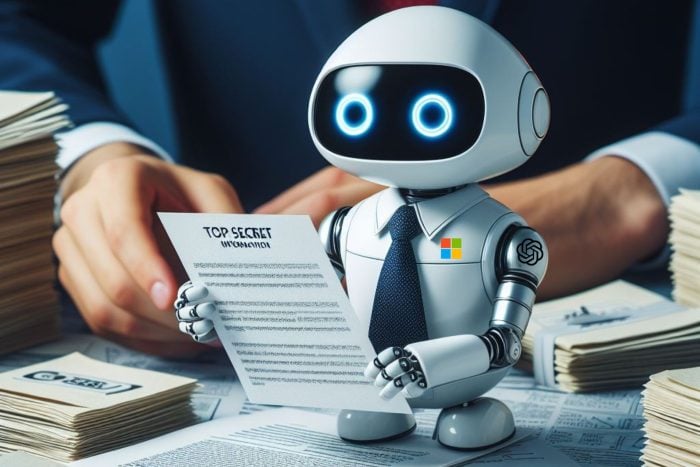
Microsoft designed a new AI chatbot for spies and US intelligence agencies. The model doesn’t use the internet for safety reasons. So, intelligence agencies can use it to analyze top-secret information. In addition, developers made it using GPT-4 from OpenAI.
What is the risk of using AI chatbots?
Using an AI chatbot is not a new practice for intelligence agencies. However, most AI models come with risks such as data leaking. On top of that, threat actors could hack into them. So, it is less likely for agencies to feed them classified information.
Another problem with the generic AI models is that they can generate hallucinations and false information. Unfortunately, this issue occurs even with well-crafted prompts. So, users need to check the authenticity of the generated answers.
The AI chatbot designed by Microsoft doesn’t run on cloud servers. So, instead, it uses a private network that only the US government can access. Also, even if the AI model can read documents and respond to queries, it cannot learn new information from the data it receives.
Due to its design based on GPT-4, the AI chatbot from Microsoft can generate code and predict tokens (fragments of encoded data). Additionally, it can examine and summarize information and answer queries in a human-like manner.
William Chappell told Bloomberg that it took Microsoft 18 months to work on it. On top of that, the company specifically modified an AI supercomputer from Iowa for it. Moreover, around 10,000 people will have access to the new AI chatbot.
Is the AI model officially available?
According to Sheetal Patel, the assistant director of the CIA for the Transnational and Technology Mission Center, there is a race to make generative AI use intelligence data. So, even if the AI chatbot went live recently, it is still in the testing phase. After all, the country that manages to create a performant AI chatbot for intelligence will most likely gain an unparalleled advantage.
Besides having access to Microsoft’s AI chatbot, the CIA is also working on its AI tool. The project started last year and is separate from the one involving Microsoft. In addition, US President Joe Biden allocated $3.3 billion for AI development across US institutions.
Ultimately, if Microsoft’s AI chatbot manages to meet the requirements of the US intelligence agencies, more companies will request similar tools. After all, it can do what other chatbots do but in a safe and controlled environment. Also, this model is less likely to suffer from hallucinations because it doesn’t have access to all of the data available on the internet.
What do you think? Will Microsoft’s AI chatbot revolutionize how US intelligence agencies handle their data? Let us know in the comments.


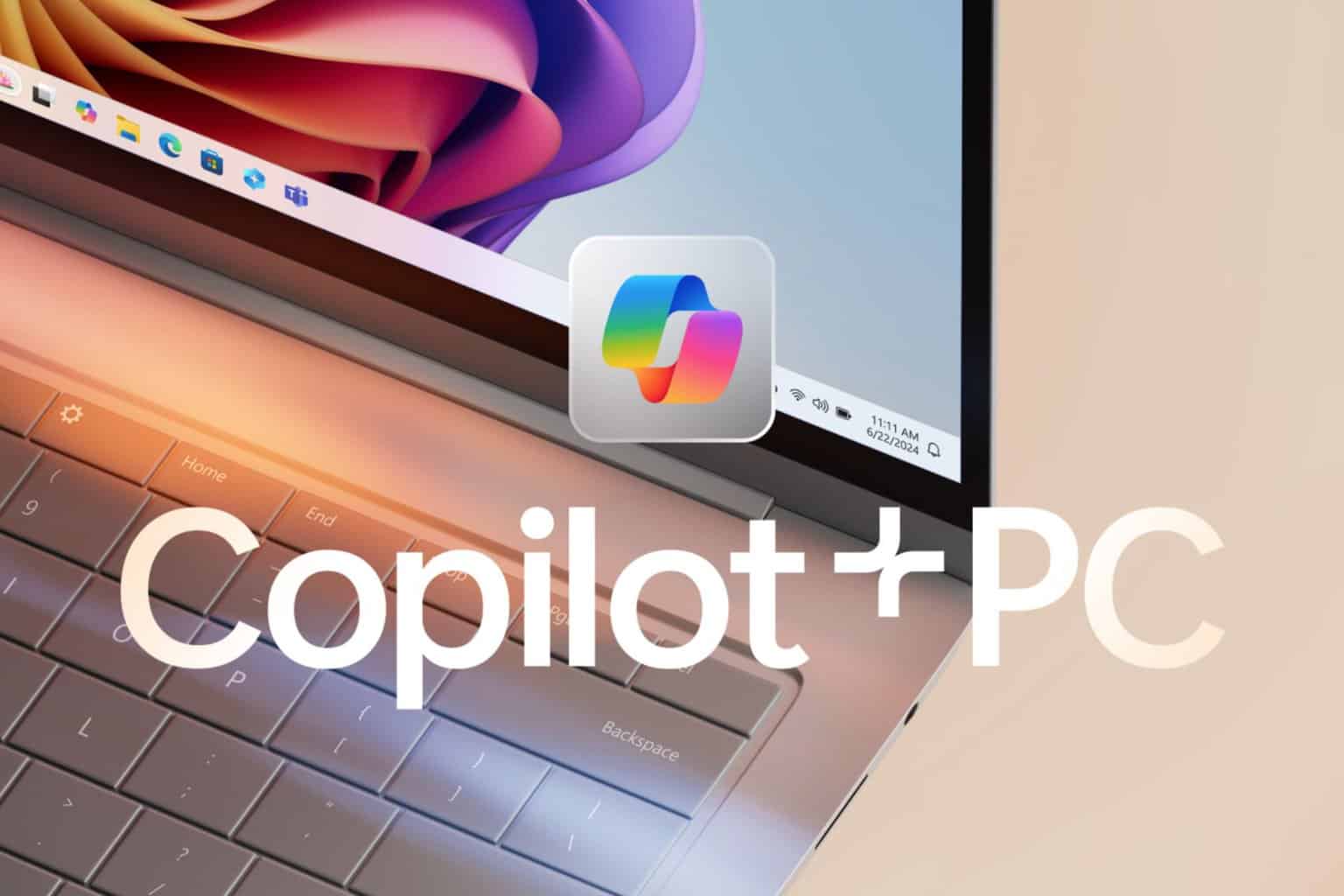
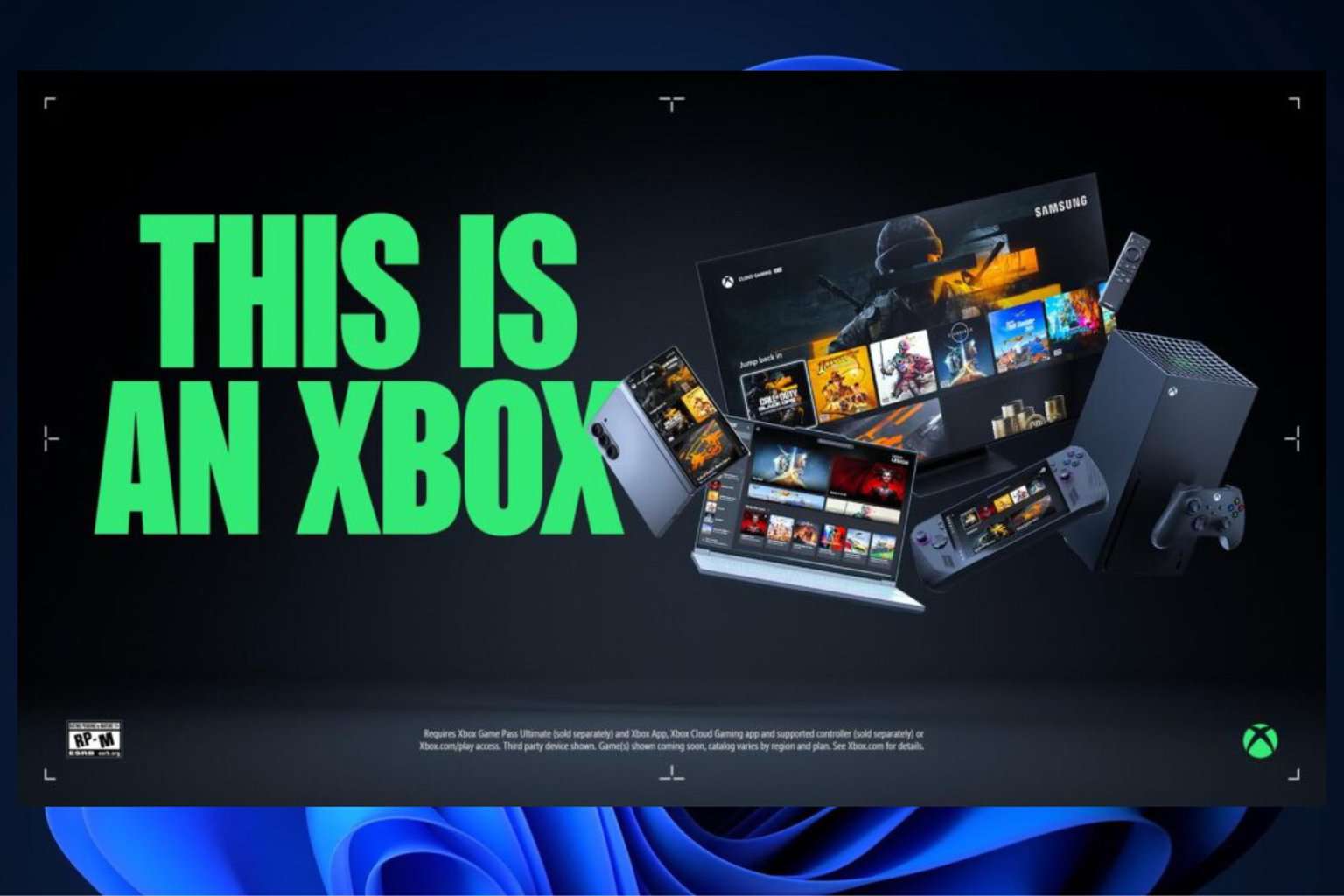
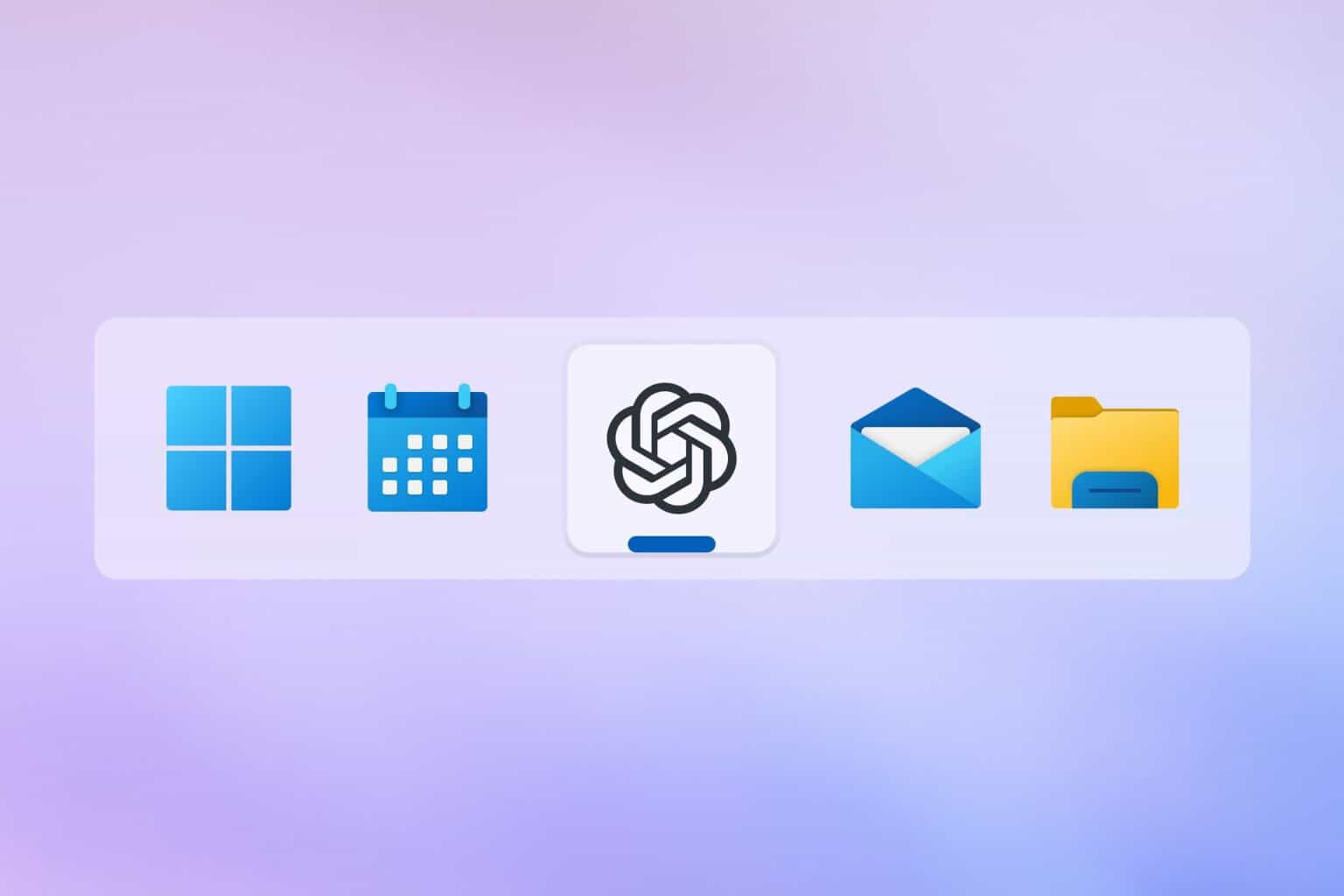
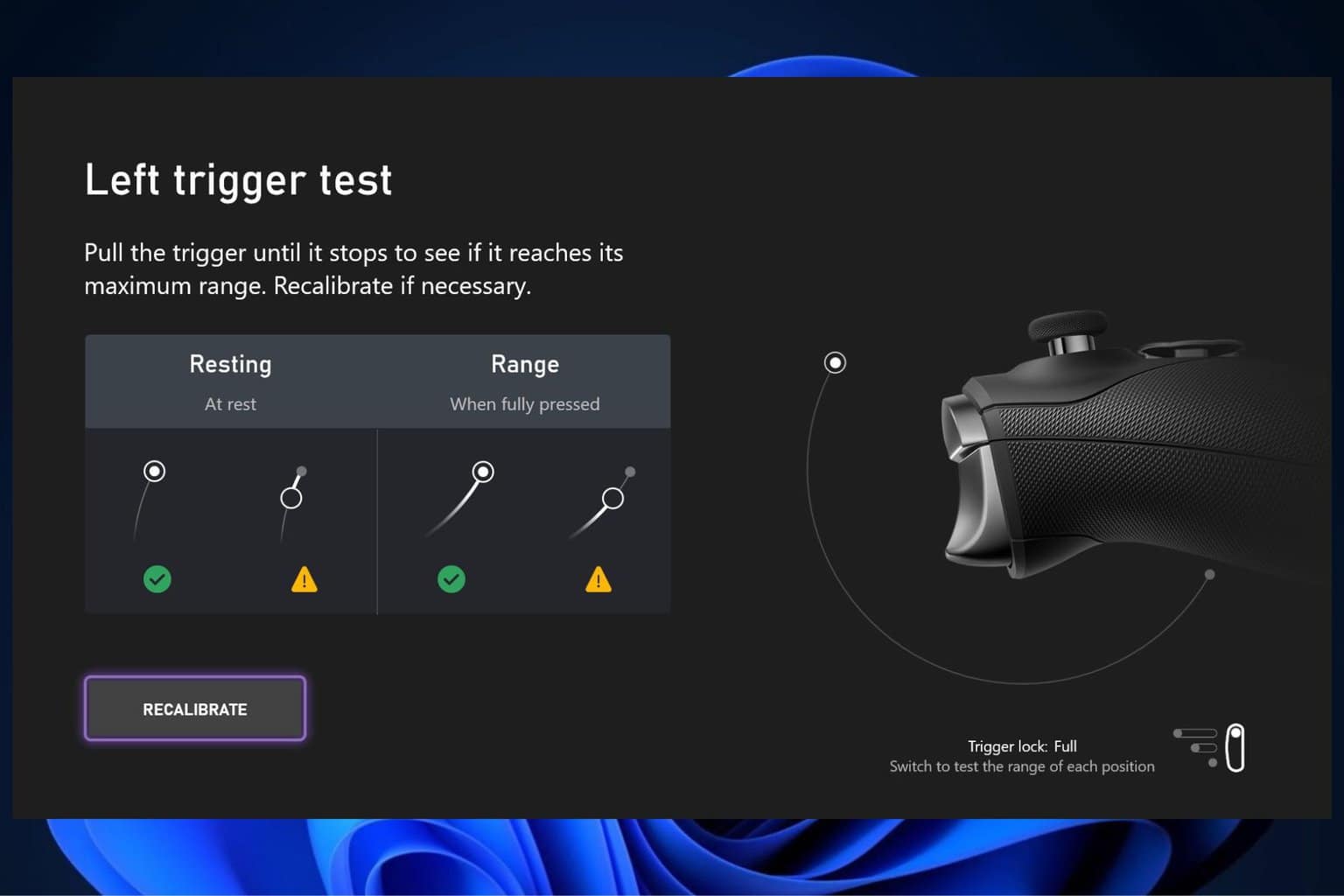


User forum
0 messages